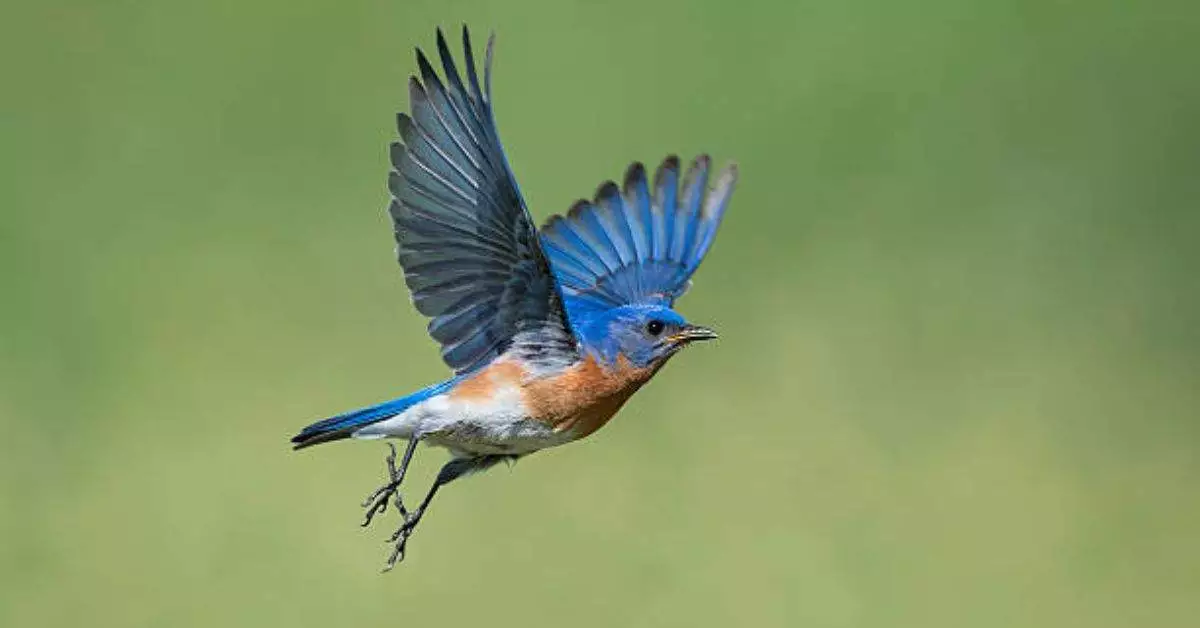
Bluebirds are a delight to watch. They can be found in many parts of central Florida. These beautiful birds are cavity nesters, so they often build their homes in birdhouses.
If you’re looking to attract bluebirds in Florida to your yard, there are a few things you can do to make your property more inviting. In this blog post, you will find all the methods to attract bluebirds in your yard.
Learn about the different types of bluebirds that can be found in central Florida, as well as how to attract these beautiful birds to your yard. This blog post includes information on bluebird habitat, diet, and nesting habits.
Blue Birds in Central Florida
There are 8 species of blue birds in Central Florida. These 8 types of bluebirds are –
- Eastern Bluebird
- Western Bluebird
- Indigo Bunting
- Blue-gray Gnatcatcher
- Blue Jay
- Blue Grosbeak
- Florida Scrub-Jay
- Blue-headed Vireo
If you live in Central Florida, you can easily see these 8 types of bluebirds in your backyard or near jungle, trees, lampost, or open fields. Let’s explore their habitat, diet, behavior, song, how to attract them, etc.
1. Eastern Bluebird
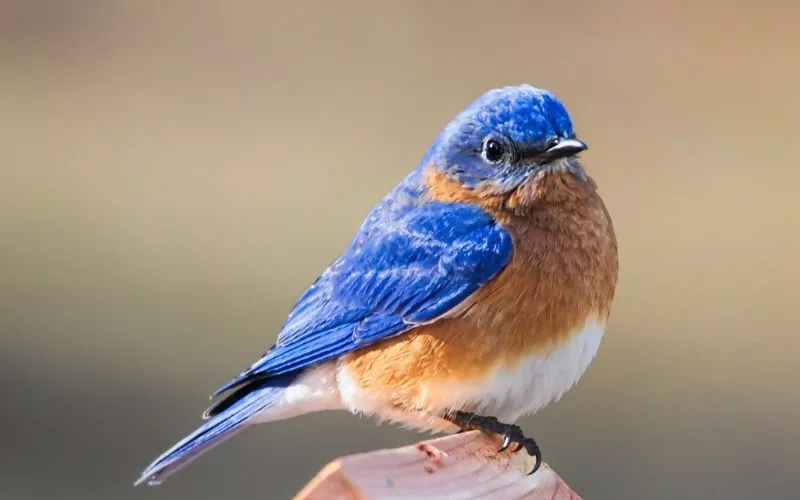
The Eastern bluebird is Florida’s most common bluebird. It has a bright blue color on its back, head, and tail, while its breast is chestnut-colored and its belly is white.
These birds like to make their nests in cavities and often use nest boxes provided by humans. These types of birds are called the bright blue birds in Florida.
They have a melodious song like soft warbles and whistles.
Eastern bluebirds are beneficial to farmers and gardeners as they eat insects, including harmful pests like grasshoppers and beetles.
These birds are known for their habit of perching on wires and posts, scanning the ground for prey.
2. Western Bluebird
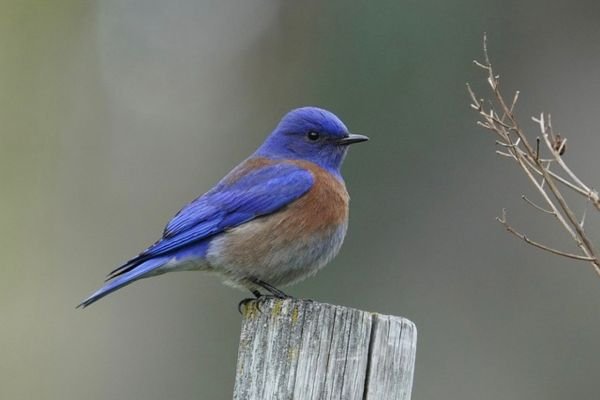
This bird is looking similar to the Eastern bluebird, The Western bluebird has a slightly darker blue color on its back and a more buff-colored breast.
Although the western bluebird is less common in Florida than the Eastern bluebird. You can find Western bluebirds in some areas like the Panhandle.
Western bluebirds are social birds that often find small family groups outside the breeding season.
They are known to perform beautiful courtship displays. Males spread their wings and bring food to the females.
Although less common in Florida, the Western bluebird populations are expanding, thanks to nest box programs and habitat conservation efforts.
3. Indigo Bunting
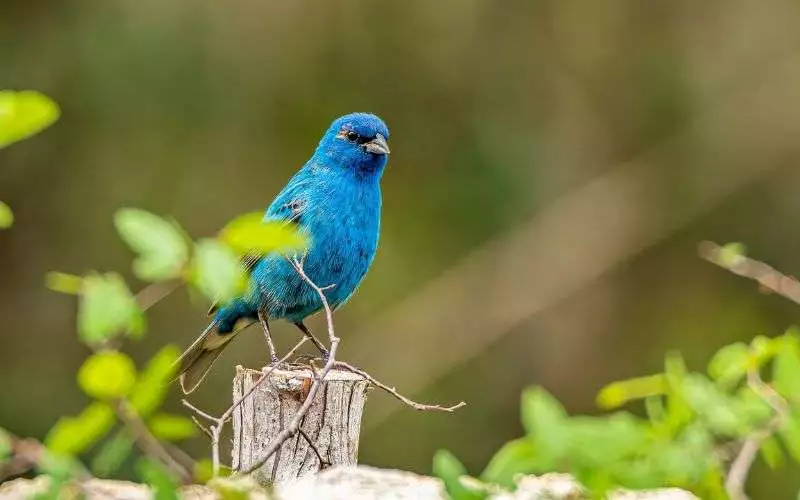
During the spring and summer, you can spot Indigo bunting in Florida. These species of bluebirds in Northwest Florida have very bright and dark blue colors.
This small, brightly colored bird has a deep blue color. The male has a deep blue color and the female has a duller brown color.
This small bright blue-coloured bird can be found all over Florida during the spring and summer months, also found in Northwest Florida.
Indigo buntings feed on insects and are often seen foraging in open fields and meadows.
The males are deep blue, while the females are dull brown. They eat insects and are often seen in open fields and meadows.
4. Blue-gray Gnatcatcher
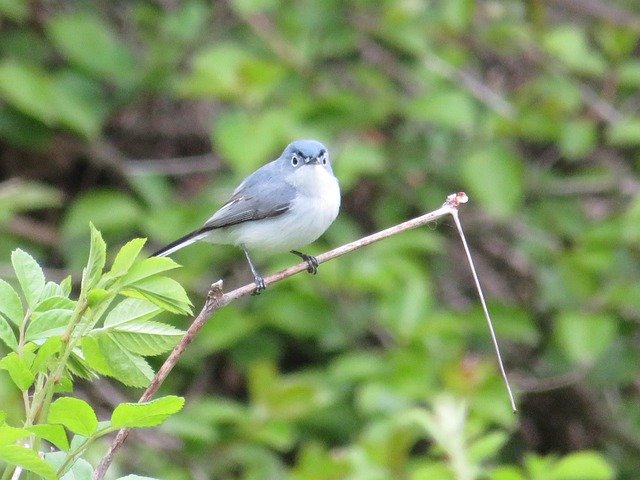
The Blue-gray Gnatcatcher is a year-round resident of Florida. It has a blue-grey color on its back and wings, a white belly, and a black mask across its eyes.
These birds feed on insects and are commonly found foraging in shrubs and trees. Blue-gray Gnatcatchers are the small types of bluebirds in Florida.
Blue-grey gnatcatchers are small, bluebirds that can be found in Florida throughout the year.
They have blue-grey feathers on their back and wings, a white belly, and a black mask across their eyes. Blue-grey gnatcatchers eat insects and are commonly seen in shrubs and trees.
5. Blue Jay
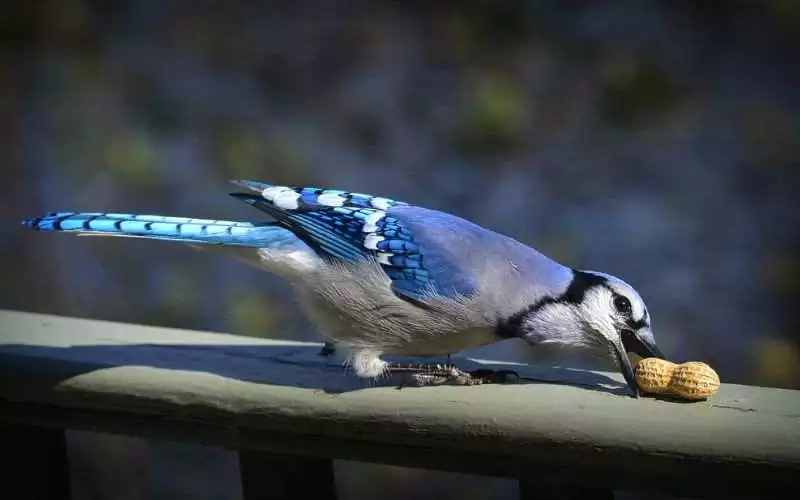
Blue Jay Found throughout the year in Florida, the Blue Jay is a large and noisy bird. Blue jays are common blue birds in Venice Florida. They are big, colorful, and smart with loud calls.
It sports a blue color on its back, head, and tail, with a white chest and belly.
Blue jays are omnivorous and eat various foods, including insects, nuts, seeds, and fruit.
Blue jays are large and noisy birds that are found in Florida all year round.
They have a blue back, head, and tail, with a white chest and belly. Blue jays eat insects, nuts, seeds, and fruit.
6. Blue Grosbeak
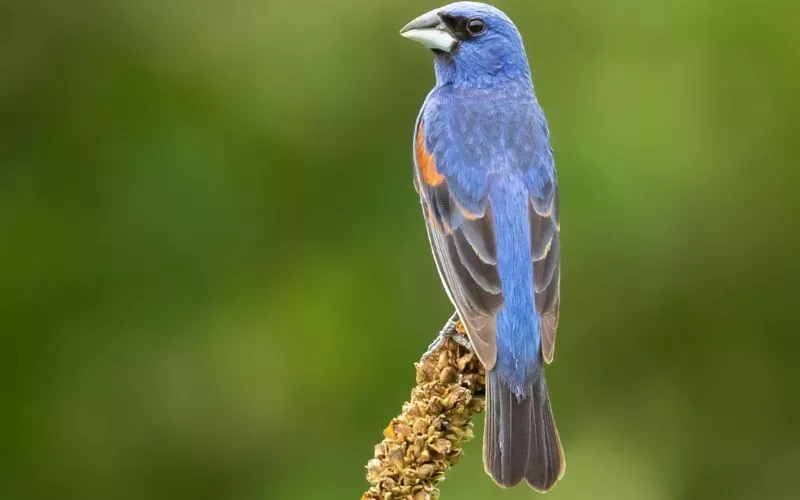
This larger blue bird features a bright blue head, back, and wings, with a chestnut-colored breast and a white belly. Blue Grosbeaks are the dark blue birds in Florida.
Blue grosbeaks inhabit open woodlands and fields. Blue grosbeaks are larger blue birds with bright blue heads, back, and wings.
Their breast is chestnut-colored, and their belly is white. Blue grosbeaks are found in open woodlands and fields.
7. Florida Scrub-Jay
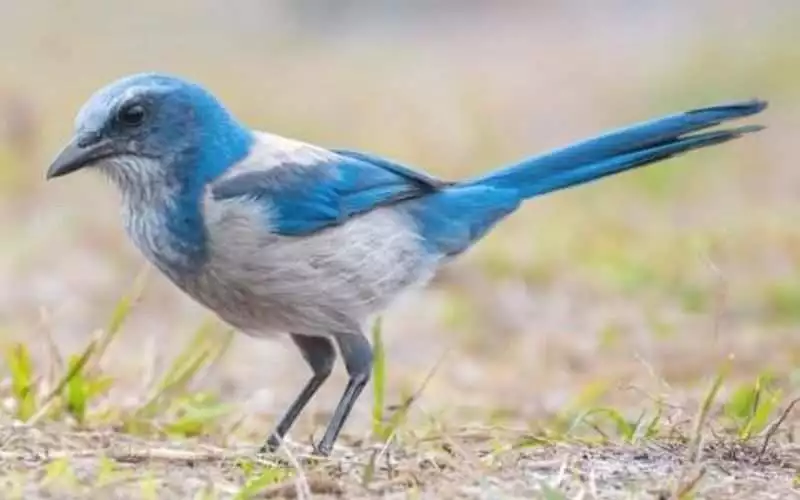
Endemic to Florida, the Florida scrub-jay is a bluebird species. It has a bright blue head and back, a white belly, and a black breast band.
These birds are commonly found in scrubby pine forests and sandhills. Florida scrub jays are bluebirds that are unique to Florida.
They have a bright blue head and back, a white belly, and a black breast band. Florida scrub jays live in scrubby pine forests and sandhills.
8. Blue-headed Vireo
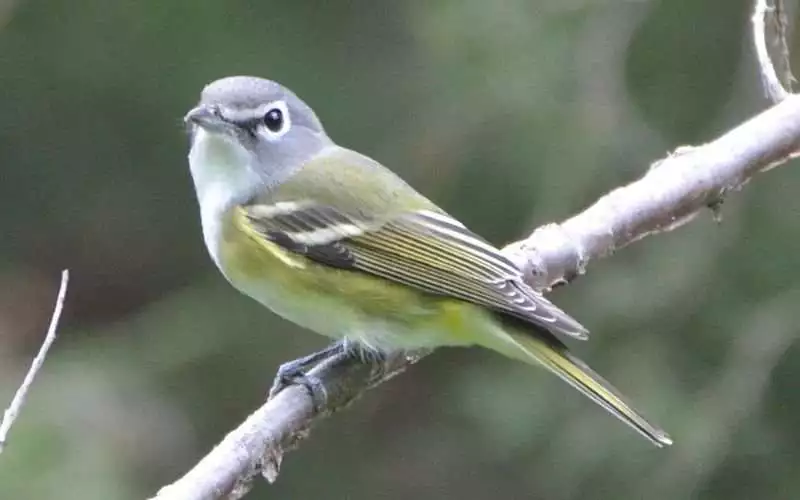
The Blue-headed Vireo is a small songbird with a greyish-blue color and a white head and throat.
These birds can be found in woodlands and forests and migrate to Florida during the winter.
Blue-headed vireos are small songbirds with a greyish-blue color and a white head and throat.
They migrate to Florida in the winter and can be found in woodlands and forests.
Blue-headed vireos have a pleasant song and build nests in trees.
How to Attract Blue Birds in Central Florida?
Here are some tips on how to attract bluebirds to your yard in central Florida:
- Provide nest boxes: Set up bluebird houses with a 1.5-inch entrance hole on poles or posts, around 4 to 6 feet high, facing away from strong winds.
- Create a suitable habitat: Maintain open spaces with scattered trees and shrubs. Keep the area around nest boxes free of tall grass and clutter.
- Offer water sources: Place a birdbath or shallow dish with clean water, adding rocks for perching.
- Install predator guards: Protect nest boxes from snakes, raccoons, and cats by using predator guards or baffles on the poles.
- Provide suitable food: Plant native fruit-bearing trees and shrubs like dogwood, holly, and serviceberry. Offer mealworms in feeders as a supplement.
- Minimize pesticide use: Reduce pesticide usage to ensure an abundant insect food supply for bluebirds. Use organic or environmentally friendly pest control methods when possible.
- Be patient and observant: It may take time for bluebirds to discover and become comfortable in your yard. Observe them from a distance without disturbing them.
By following these simplified steps, you can increase the likelihood of attracting bluebirds to your Central Florida yard.
People Also Ask:
You can find all the questions answered regarding “Blue Birds in Central Florida” that people ask on Google. Here are the questions and answers:
What are the different types of bluebirds that can be found in central Florida?
The different types of bluebirds that can be found in central Florida are – Eastern bluebird, Western bluebird, Indigo bunting, Blue grosbeak, Blue-headed vireo, and Blue-grey gnatcatcher.
What kind of habitat do bluebirds prefer?
Bluebirds prefer open spaces with scattered trees and shrubs, low ground cover, and nearby water sources.
What do bluebirds eat?
Bluebirds primarily eat insects, but they also consume berries and fruit, particularly during certain times of the year.
How can I attract bluebirds to my yard?
To attract bluebirds to your yard, set up nest boxes, create an open habitat with trees and shrubs, provide water and food like mealworms and berries, avoid pesticides, and be patient while watching them from afar.
Conclusion
Bluebirds are always a joy to watch, and they can add a touch of beauty to any yard. By following the tips in this blog post, you can attract these amazing birds to your home and enjoy their company for years to come. Also, you can read more about Florida birds on our website.

